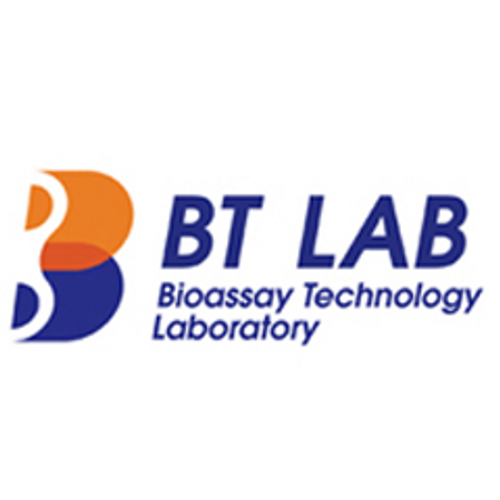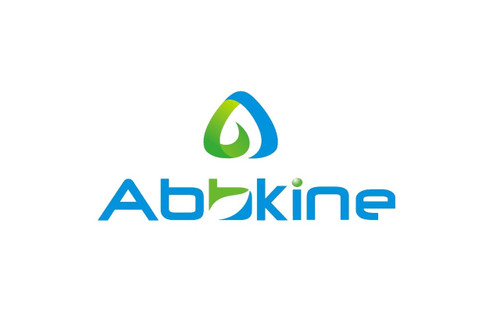Product Description
Human Prohibitin (PHB) ELISA Kit | AE27709HU | Abebio
Species Reactivity: Human (Homo sapiens)
Abbreviation: PHB
Alternative Name: PHB1;
Application: ELISA
Range: 23.44-1500 pg/mL
Sensitivity: 5.8 pg/mL
Intra-Assay: ≤4.3%
Inter-Assay: ≤8.5%
Recovery: 1, 08
Sample Type: Serum, Plasma, Other biological fluids
Detection Method: Sandwich
Analysis Method : Quantitive
Test Principale: This assay employs a two-site sandwich ELISA to quantitate PHB in samples. An antibody specific for PHB has been pre-coated onto a microplate. Standards and samples are pipetted into the wells and anyPHB present is bound by the immobilized antibody. After removing any unbound substances, a biotin-conjugated antibody specific for PHB is added to the wells. After washing, Streptavidin conjugated Horseradish Peroxidase (HRP) is added to the wells. Following a wash to remove any unbound avidin-enzyme reagent, a substrate solution is added to the wells and color develops in proportion to the amount of PHB bound in the initial step. The color development is stopped and the intensity of the color is measured.
Product Overview: Prohibitin is a protein which in humans is encoded by the PHB gene. The Phb gene has also been described in animals, fungi, plants and unicellular eukaryotes. Prohibitins are divided in two classes, termed Type-I and Type-II prohibitins, based on their similarity to yeast PHB1 or PHB2, respectively. Each organism has at least one copy of each type of prohibitin gene.Prohibitins are evolutionarily conserved genes that are ubiquitously expressed. The human prohibitin gene, located on the BRCA1 chromosome region 17q21, was originally thought to be a negative regulator of cell proliferation and a tumor suppressor. This anti-proliferative activity was later attributed to the 3' UTR of the PHB gene, and not to the actual protein.
Stability: The stability of ELISA kit is determined by the loss rate of activity. The loss rate of this kit is less than 5% within the expiration date under appropriate storage condition. The loss rate was determined by accelerated thermal degradation test. Keep the kit at 37°C for 4 and 7 days, and compare O.D.values of the kit kept at 37°C with that of at recommended temperature. (referring from China Biological Products Standard, which was calculated by the Arrhenius equation. For ELISA kit, 4 days storage at 37°C can be considered as 6 months at 2 - 8°C, which means 7 days at 37°C equaling 12 months at 2 - 8°C) .
 Euro
Euro
 USD
USD
 British Pound
British Pound
 NULL
NULL








